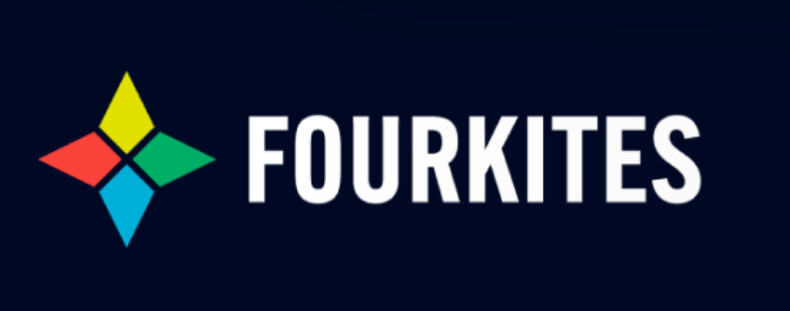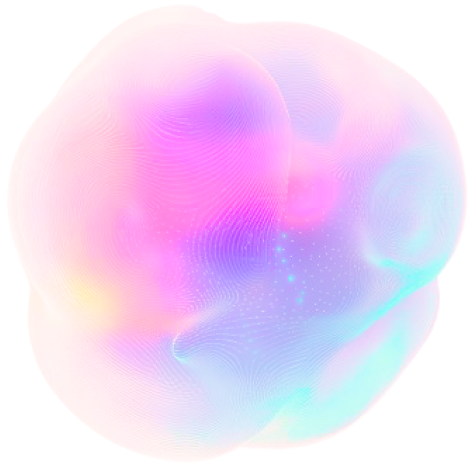Insider Brief
- Scientists are now investigating ways that artificial intelligence (AI) could maximize research impacts.
- AI algorithms can analyze vast data sets from grant proposals, research papers, patents and clinical trials, which can help universities to pinpoint areas where they can accelerate science.
- The researchers say the technology can reveal untapped potential and identifying systemic gaps in innovation.
Researchers say the scientists can leverage artificial intelligence (AI) to amplify the real-world impact of academic research, revealing untapped potential and identifying systemic gaps in innovation.
According to an article in Nature, AI algorithms are being used to analyze vast data sets from grant proposals, research papers, patents and clinical trials, which can help universities to pinpoint areas where they can accelerate science.
Dashun Wang and his team at Northwestern University write that they are investigating ways to maximize research impacts through AI. Wang is Professor of Management & Organizations, director, Center for Science of Science and Innovation (CSSI) and co-director, Ryan Institute on Complexity.
During a pilot project at Northwestern, they collaborated with a prominent biology researcher who had published hundreds of papers and secured substantial funding. The AI analysis revealed that her work was extensively cited by private companies, yet she had never engaged with the university’s technology transfer office (TTO). This discovery prompted her to file her first invention disclosure, highlighting how AI can uncover overlooked opportunities for commercialization.
For Wang, this raises important questions: How many researchers are unaware of the market impacts of their work? Can AI identify scientists with untapped innovation potential?
Wang’s team expanded their studies to other universities, uncovering several disparities. For instance, female faculty members patented their work significantly less frequently than their male counterparts, despite their research being equally cited by patents. This gender gap, influenced by factors such as access to mentorship and funding disparities, points to missed opportunities for innovation.
The analysis also revealed differences between tenure-track and tenured faculty members, with the latter patenting their work at higher rates, writes Wang. This suggests that promotion incentives and tenure criteria may contribute to the gap, further underscoring the potential for AI to drive innovation by identifying and addressing systemic barriers.
AI tools, by analyzing data and identifying overlooked individuals and ideas, can help institutions enhance their research impact. However, Wang advises universities to balance their roles in promoting practical applications with their fundamental responsibilities of educating future leaders and advancing basic knowledge.
Wang writes: “But universities must take care. They have many roles and responsibilities — from educating future leaders to advancing fundamental knowledge — that must not be eclipsed by efforts to promote practical applications. Some people might argue that scientists don’t need to commercialize their ideas themselves, because industry can pick up the ball. Or there might be unintended consequences. Emphasizing what is useful could come at the expense of curiosity-driven research or result in flocking to what seem to be the hottest and most fruitful ideas today rather than to those that will help the world most in future.”
The evolving role of science, particularly in addressing global challenges like pandemics and climate change, requires a shift from the traditional dichotomy of basic versus applied research. Advances at the science-society interface, such as marketable discoveries and social science insights that guide policymaking, have demonstrated high impact.
Encouraging developments are underway, according to Wang.
In 2022, the US National Science Foundation established the Directorate for Technology, Innovation, and Partnerships to support use-inspired research and translate discoveries into real-world applications. Its Assessing and Predicting Technology Outcomes program will fund innovative projects, including Wang’s, aiming to expand to over 20 universities.






